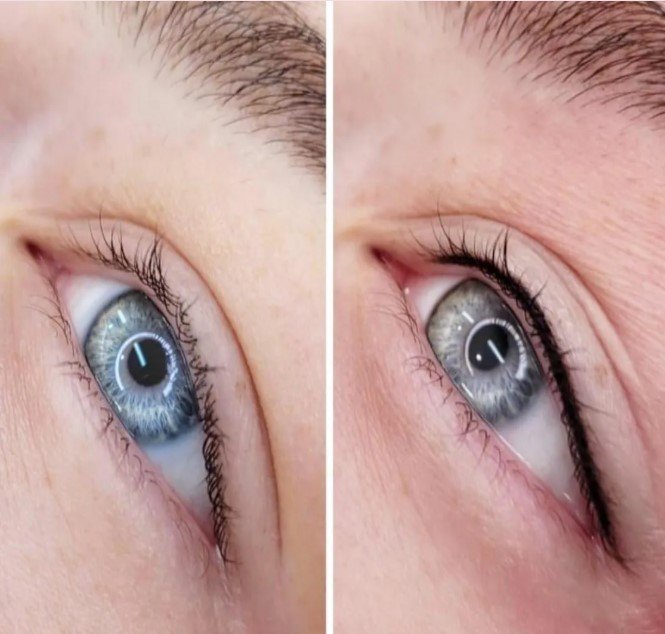Tattoos are a popular way to express personal stories, memories, beliefs, or individual style. For many, they represent significant life moments or creative expression. However, not all ink is meant to last forever. Over time, personal tastes change, relationships evolve, or professional requirements shift—leading some to reconsider their body art. Whether it’s a design that no longer resonates with you, a tattoo that has faded or blurred with age, or a spontaneous decision made in your youth that now feels out of place, tattoo laser removal offers a reliable solution. It’s one of the most advanced, non-invasive methods available today to effectively fade or completely remove unwanted ink with minimal risk. If you’re looking for a clean slate or simply want to make room for a new design, laser technology makes it possible. But how exactly does it work? Let’s break it down.
Understanding Tattoo Laser Removal
Tattoo laser removal is a non-invasive procedure that uses high-intensity light beams to remove tattoo pigment in the skin. It’s currently the most advanced and effective method for removing permanent tattoos with minimal risk of scarring.
Modern laser technology targets the ink particles beneath the skin without damaging surrounding tissues. Over a series of treatments, these pigment fragments are naturally flushed out by your body’s immune system, causing the tattoo to gradually fade and, in many cases, disappear completely.
How Does It Work?
The process begins with a consultation, where a trained technician assesses your tattoo’s size, colour, location, and age. These factors determine how many sessions you might need.
This is a detailed explanation of how tattoo laser removal operates:
1. Laser Targeting
The ink is targeted by the laser’s brief light energy bursts that pierce the skin. Different wavelengths are used to treat different ink colours. For example, black ink absorbs all wavelengths, making it the easiest to remove, while brighter colours like green and blue may require specialised lasers.
2. Ink Breakdown
The laser energy heats and shatters the ink particles into tiny fragments. The body’s immune system then recognises these fragments as foreign matter and begins the process of removing them naturally over time.
3. Healing Between Sessions
It takes several sessions, often separated by 4 to 8 weeks, for the body to completely get rid of the fractured pigment. The number of treatments depends on factors such as ink depth, colour, skin type, and overall health.
Does Tattoo Laser Removal Hurt?
Discomfort levels vary from person to person, but many compare the sensation to a rubber band snapping against the skin. To make the procedure more bearable, the majority of clinics provide cooling equipment or numbing treatments.
Is It Safe?
In the hands of a qualified and skilled expert, tattoo laser removal is regarded as safe. Side effects are usually mild and temporary, such as redness, swelling, or slight blistering. For optimal outcomes and to lower the risk of infection, proper aftercare is crucial.
Final Thoughts
Tattoo laser removal is a powerful solution for those looking to part ways with unwanted ink. Thanks to modern advancements in laser technology, it’s now more effective, safer, and less painful than ever before. Whether you want to completely erase a tattoo or just fade it enough for a cover-up, laser removal offers a fresh start—one pulse at a time.
FAQ’s
1. How many sessions are needed for tattoo laser removal?
The number of sessions depends on the size, colour, location, and age of the tattoo. Most tattoos require between 5 to 10 sessions for complete removal.
2. Does tattoo laser removal leave scars?
When performed by a qualified professional and with proper aftercare, tattoo laser removal typically does not leave permanent scars. Temporary redness or slight blistering is normal.
3. Can all tattoo colours be removed with laser treatment?
Black ink is the easiest to remove, while colours like green, blue, and yellow may require more specialised lasers and additional sessions. Results vary based on pigment type and depth.













































